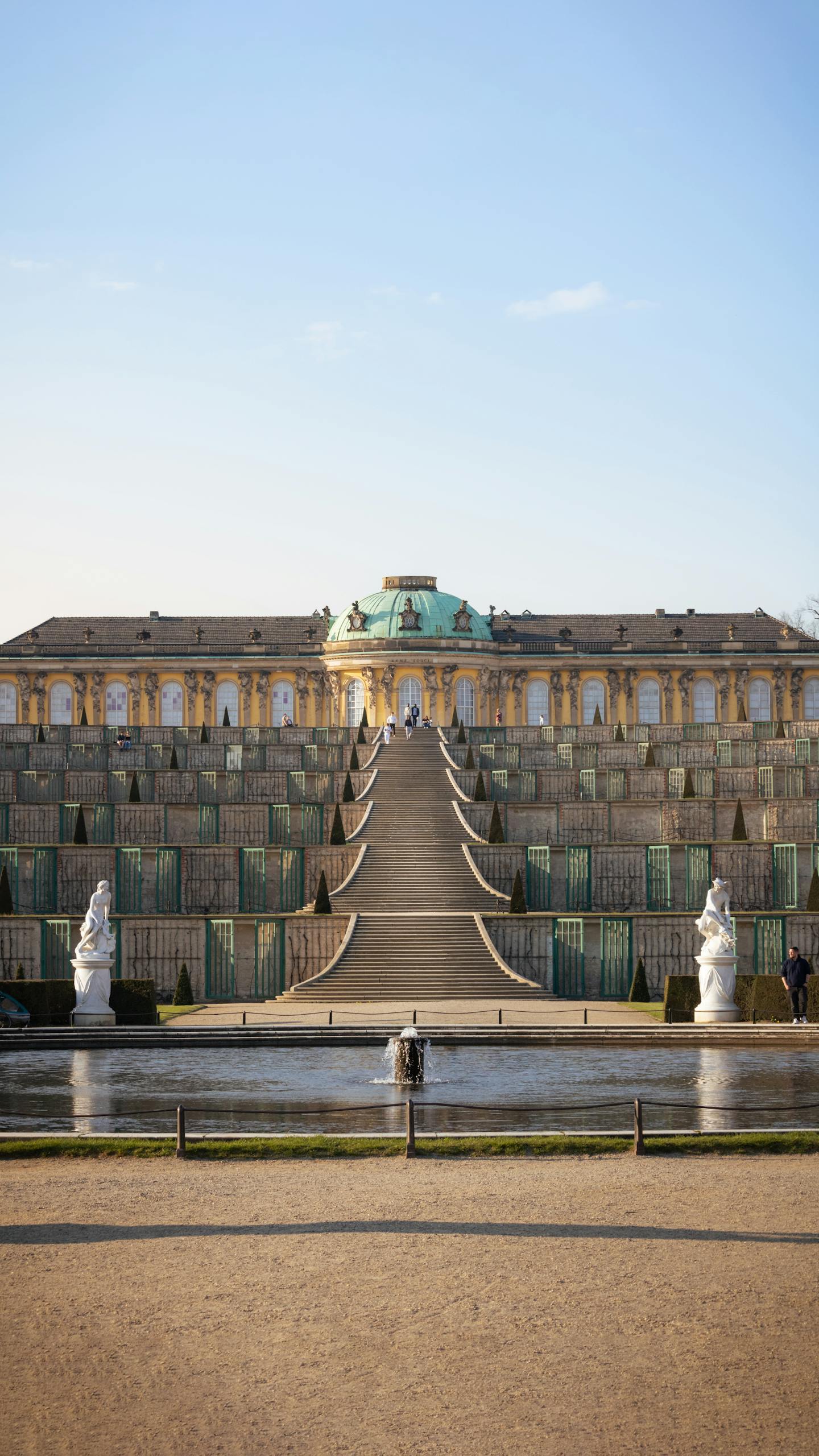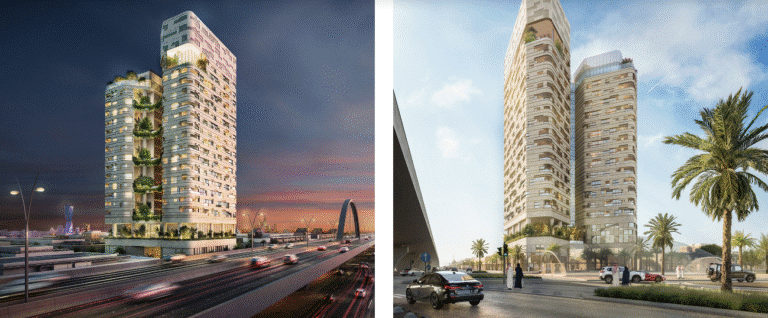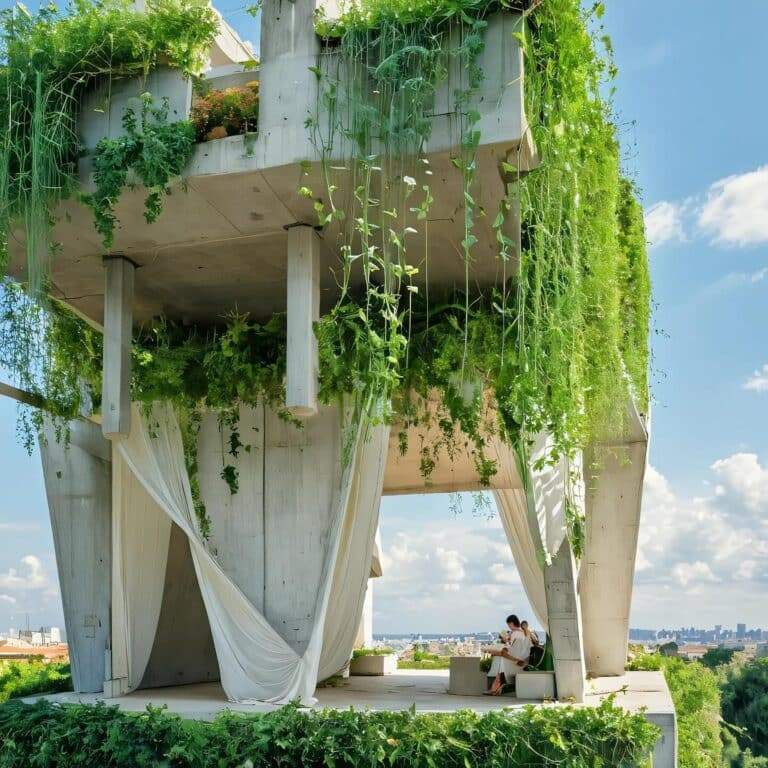Royal Architecture: Power, Identity, and the Legacy of Sovereigns in Stone
In the grand theatre of history, kings and queens have long understood the profound truth that power is best expressed not in words, but in walls. From the sun-drenched limestone of Luxor to the intricate tiles of Topkapı and the symmetrical splendor of Versailles, royal architecture has always served a dual function: sheltering sovereigns and staging sovereignty. It is not merely a built form, but a performance — of control, divinity, taste, and ambition.
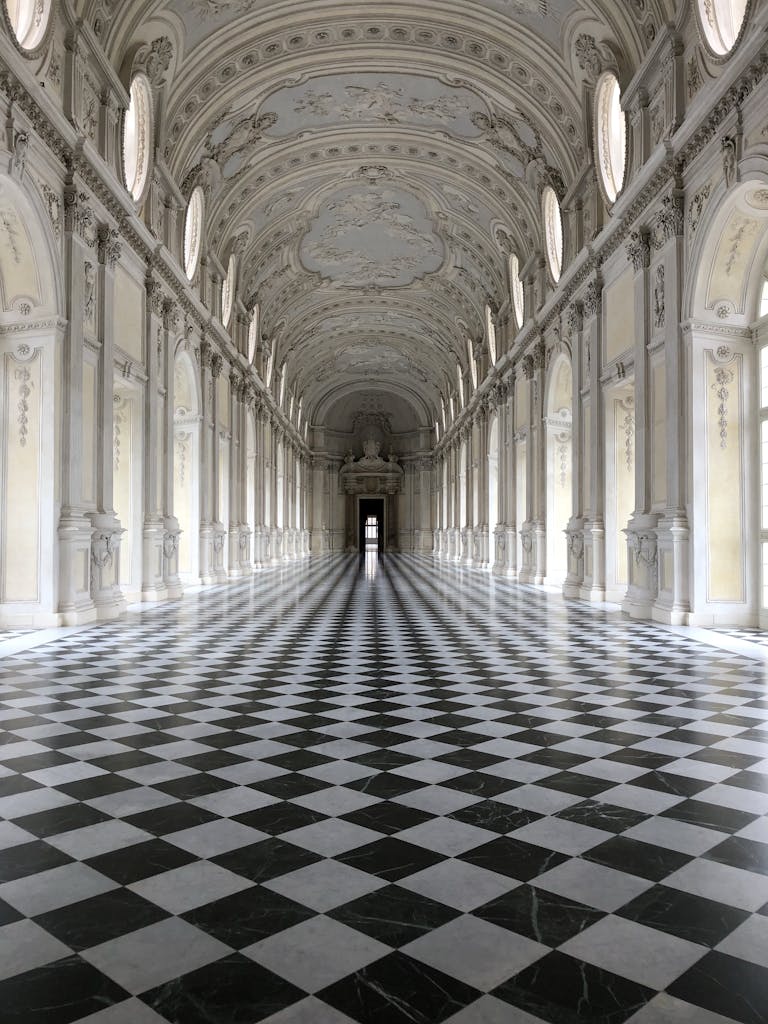
Royal architecture — as a term — transcends palaces and thrones. It encapsulates urban orders, ceremonial routes, sacred thresholds, and even psychological space. It is the kind of architecture that doesn’t just exist; it imposes. Across empires and continents, royal commissions redefined cities: Beijing’s Forbidden City (1406–1420) housed over 9,000 rooms behind vermillion gates, while Fatehpur Sikri, the Mughal emperor Akbar’s dream city, lasted merely 14 years, yet remains one of India’s most profound architectural experiments.
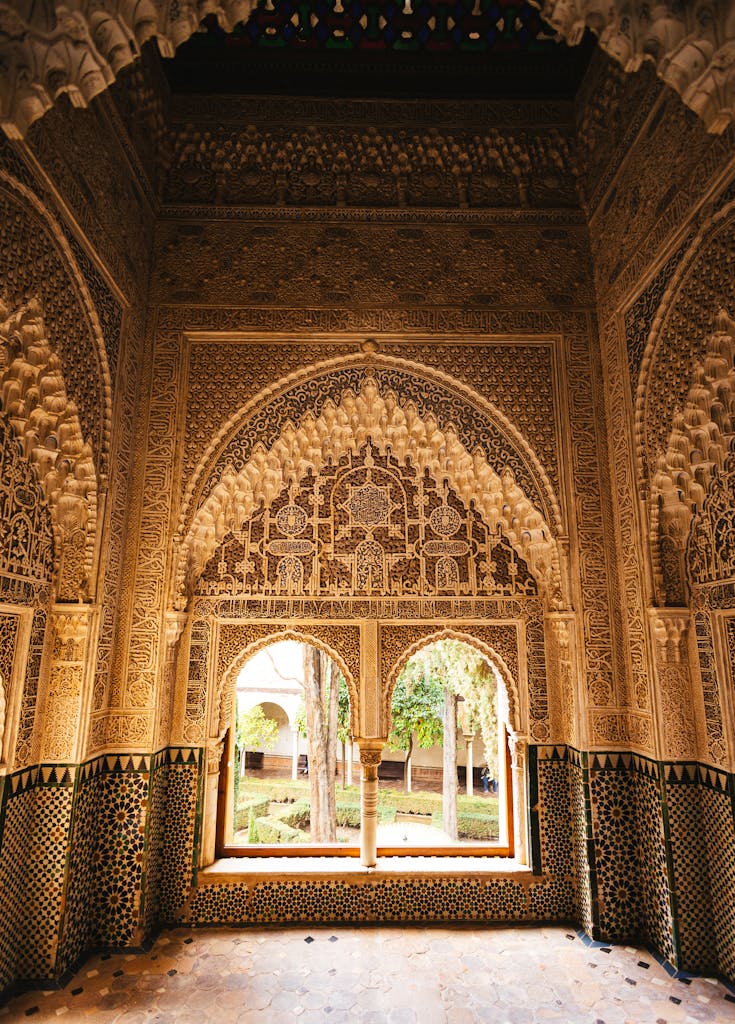
If Europe’s royal architecture aspired to permanence and spectacle, Islamic royal architecture often danced between symbolism and nature. In Granada’s Alhambra, built under the Nasrid Dynasty in the 13th–14th centuries, geometry and poetry coexist — verses carved into stucco run along the walls like breath, whispering Quranic fragments and courtly praise. The Court of the Lions, with its twelve-animal fountain and channeled marble, offered not just aesthetic pleasure but cosmic harmony. Islamic royal complexes rarely displayed brute force. Instead, they enveloped visitors in controlled movement and spatial suspense — courtyards unfolding, fountains murmuring, shadows playing on walls latticed with calligraphy.
Asia, too, crafted its own vocabulary. In Japan, Kyoto’s Katsura Imperial Villa (17th century), commissioned by Prince Hachijō Toshihito, combined Zen restraint with aristocratic grace. Unlike Versailles, which declares power in symmetry and scale, Katsura whispers it through proportion, tactility, and garden choreography. Every turn is scripted, every opening calculated. It’s not just architecture — it’s philosophy made physical.
But no ruler perhaps reshaped architecture — and by extension, national identity — more dramatically than Louis XIV of France. In 1661, the Sun King began the transformation of his father’s hunting lodge into the Palace of Versailles, a project that employed over 30,000 workers, including 6,000 craftsmen and artisans. It took more than 50 years to complete its expansion. With 700 rooms, 67 staircases, and over 2,300 windows, Versailles wasn’t just a royal residence; it was an architectural monarchy in itself. Its garden axis alone extends more than 20 kilometers, designed by André Le Nôtre to frame nature as obedient to man — and thus, to king.
Versailles was not only built for the present; it was engineered for memory. Every mirror, hall, and fresco is a form of propaganda, echoing Louis’ dictum: L’État, c’est moi — I am the state. But imagine, for a moment, if Louis XIV lived today. Would he still demand marble and gold? Or might he enlist someone like Tadao Ando, whose minimalist concrete cathedrals command silence rather than spectacle? Or perhaps Zaha Hadid, had she lived, to sculpt his power into curves and impossible horizons?

In the 21st century, “royal architecture” no longer exists as a typology bound by monarchies. Yet its echoes persist in presidential palaces, religious megastructures, and cultural capitals funded by state wealth. From Riyadh’s Qasr Al-Hukm to Ashgabat’s white-marble ministries, the desire to encode power into stone remains.
But true royal architecture — the kind that lasts — doesn’t rely solely on grandeur. It succeeds when it captures the character of a ruler, the essence of a nation, and the passage of time — all in one frame. In that sense, the question isn’t whether royal architecture still exists, but rather: who is building it now — and for whom?

